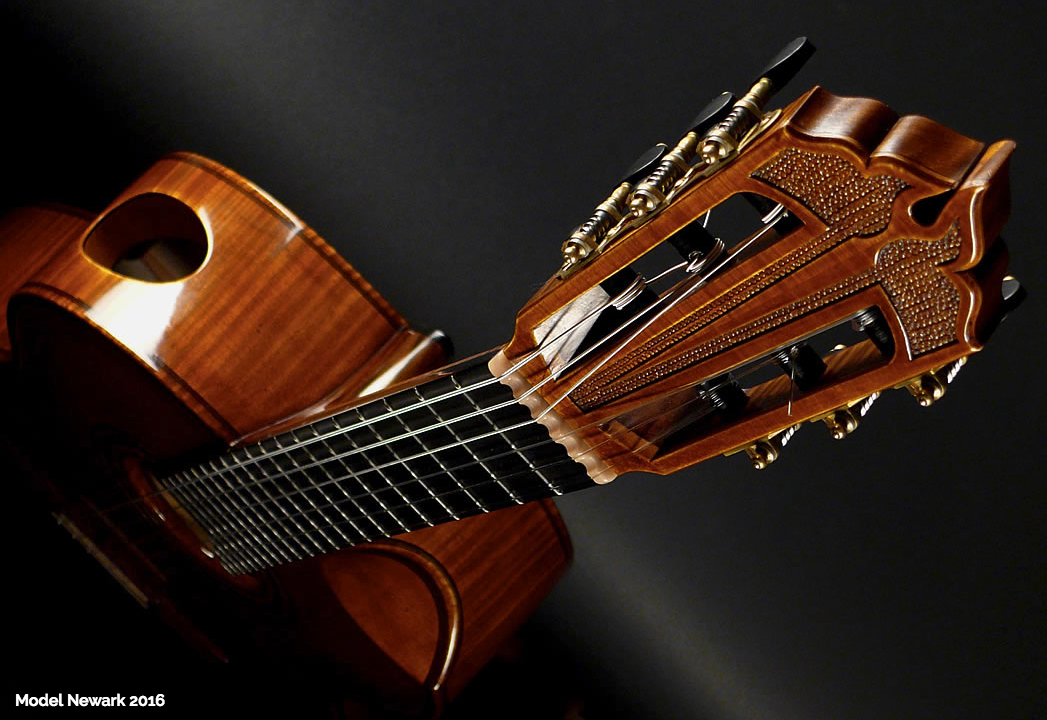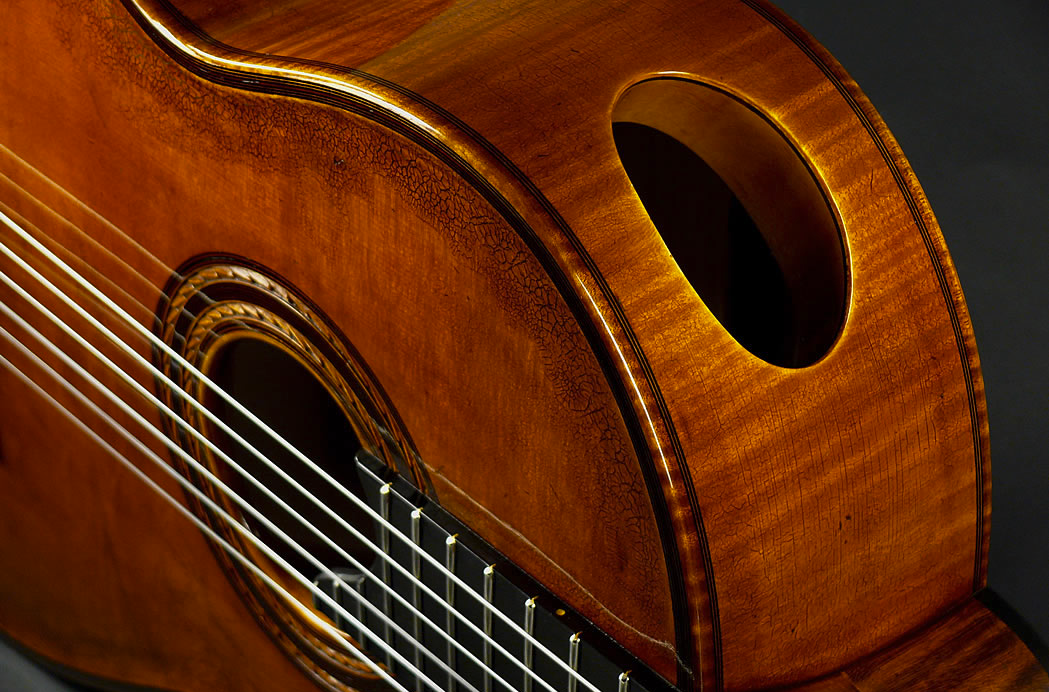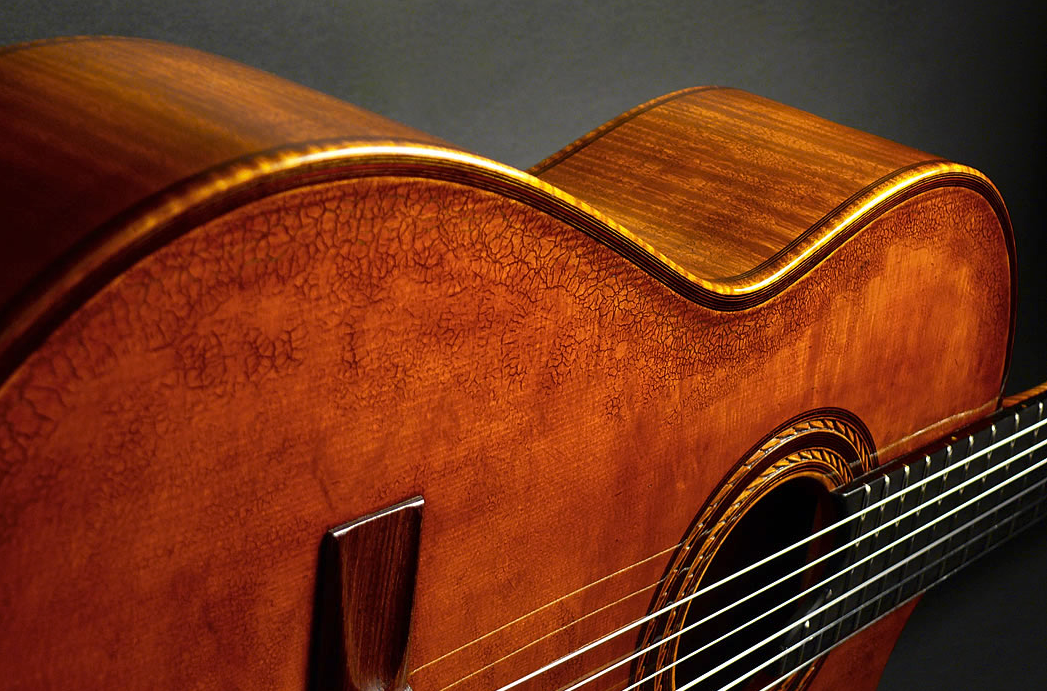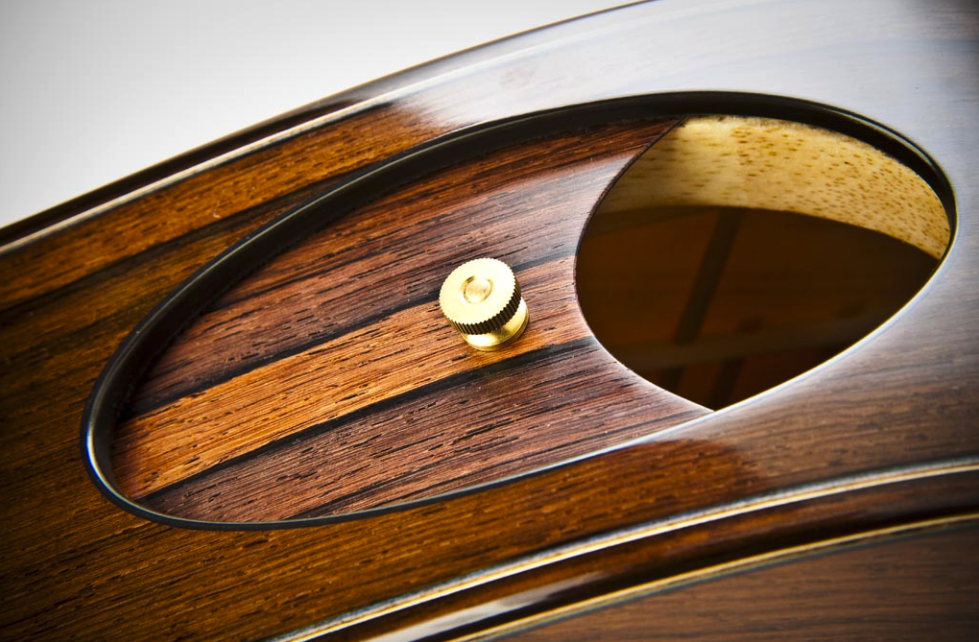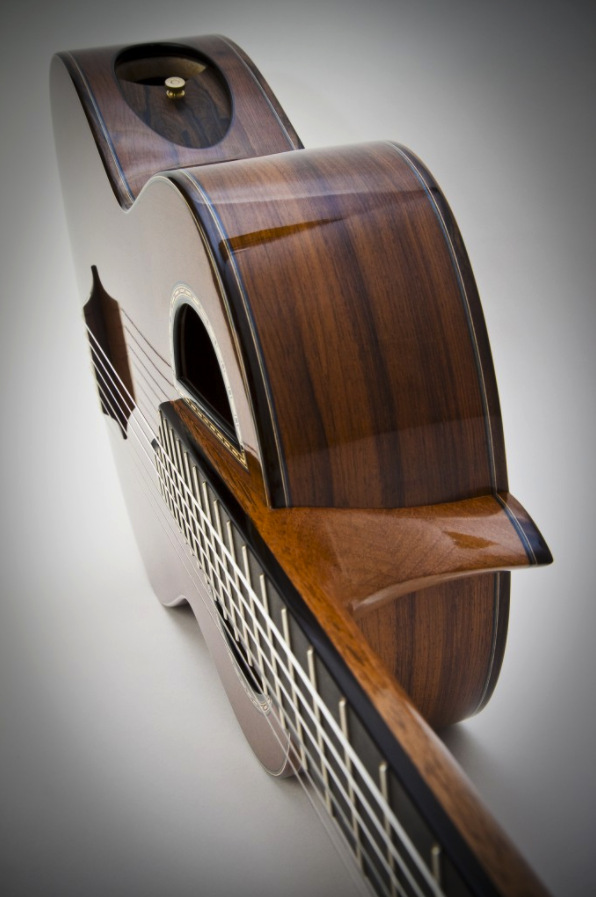Beautiful & Unusual Classical Guitars - Episode 4: 'Newark' Christian Koehn
Welcome the 2016 'Newark' classical guitar by German luthier Christian Koehn. A fabulous beauty. Read on to learn more about this fabulous guitar and its maker.
Introduction
Christian Koehn - a luthier from Germany has been making guitars professionally since he graduated at the top of the International Guitar Making School course in 2006 in Newark at the Newark College. Interestingly, the guitar featured in this article is named after the college and area that offers the guitar making course. Koehn was the recipient of the prestigious Ashley Mark Publishing Prize for being the best of the best in his graduation class.
Since that time Christian has gone on to setup his own workshop back in his birthplace - Berlin.
The guitar featured in this article is a custom order. Not too much is revealed about the woods used in its construction but all I can say is that the result is breathtaking to say the least.
Striking Features:
- Stunning aged tonewoods
- Hand-carved rosettes and headstocks
- Soundport
- Beveled cutaway
- French polish with shellac
- Traditional tooling used in construction
- Traditional Antonio Torres design
How to get one for yourself?!?!
Christian has a 12 to 18 month waiting time which isn't too bad considering some luthiers have waiting lists of almost a decade! I reckon get in quick before Christian's guitar list fills up! Here's how:
Christian has easy payment terms of just 10% to secure a guitar with a further 10% payable when he starts the build (30% for custom builds).
Here's where Christian studied guitar-making if you're keen to have a go for yourself:
Check out my other articles of beautiful & unusual classical guitars here.
As always,
Let your fingers fly!
Modern Classical Guitar Design Part 3: Soundports
Soundports...enigmatic 'holes' near the heel of the neck that almost look like someone drilled a gigantic void into your guitar to see how it worked. Read this article for an insight into these mysterious 'guitar circles'.
Introduction
Traditionally guitars have had a single soundhole located at the front of the guitar to allow the sound to escape and be heard by the guitarist and the audience. There have been many variations on the shape, size, style, and placement of the soundhole with varying levels of success. In recent years however a movement amongst luthiers to place a soundport or sound portal on the upper and sometimes the lower bout of the guitar has gained momentum and acceptance into the classical guitar community.
Why?
Inevitably one must ask the question "Why would I want a classical guitar with a soundport?" The answer to this can be explained as follows:
- Personal monitoring. A soundport can act as a 'stage monitor' allowing you to hear your instrument with increased clarity. This is particularly important in ensemble playing where the guitar is usually easily lost in the mix.
- Ensemble monitoring. With a soundport more of the guitars' sound is being projected upwards and to the side thus giving the opportunity for your fellow performers to hear you more clearly.
- Brightness. A soundport can open up a dull sounding instrument. How this is achieved isn't exactly known but many owners that have added a soundport(s) to an instrument have remarked that their guitar sounds brighter with increased resonances and higher frequencies.
- Fine tuning. From a luthier's perspective a soundport can enable 'fine tuning' of the instrument whereby the a luthier can alter the size of the soundport to adjust the high frequency response attributable to the changing cavity resonance.
A few words from Luthiers...
- Kris Barnett on Soundports
- Fritz Mueller on Soundports
- Kenny Hill on Soundports
Soundport Variations
It seems that not all soundports are created equal - some are huge, some are perfectly round whereas others are an oval shape. To complicate matters further some can be partially or completely closed using magnetic systems or as you see in the first picture in this article others have a sliding design that will allow you to adjust the size of the soundport.
The image at the beginning of this article features a 'sliding soundport' by Florian Vorreiter. Rather uniquely that soundport is actually located at the lower bout of the guitar just below where your forearm rests on the guitar.
Check out this amazing photo build and article of a magnetic soundport cover system by Carlos Juan Busquiel.
The Verdict
All in all it does seem like a soundport or soundports are a wonderful innovation in the classical guitar realm. It seems that they should become a standard feature on classical guitars along with an elevated fretboard (seem my blog article on elevated fretboards here). The advantages of having one or two on your guitar are great.
Check out my other articles in the
'Modern Classical Guitar Design Series':
Part 8: Fanned Frets
Part 7: Arched back
Part 6: Double Tops
Part 5: Lattice Bracing
Part 4: Armrest
Part 2: Indented Cutaway
Part 1: Elevated Fingerboard



